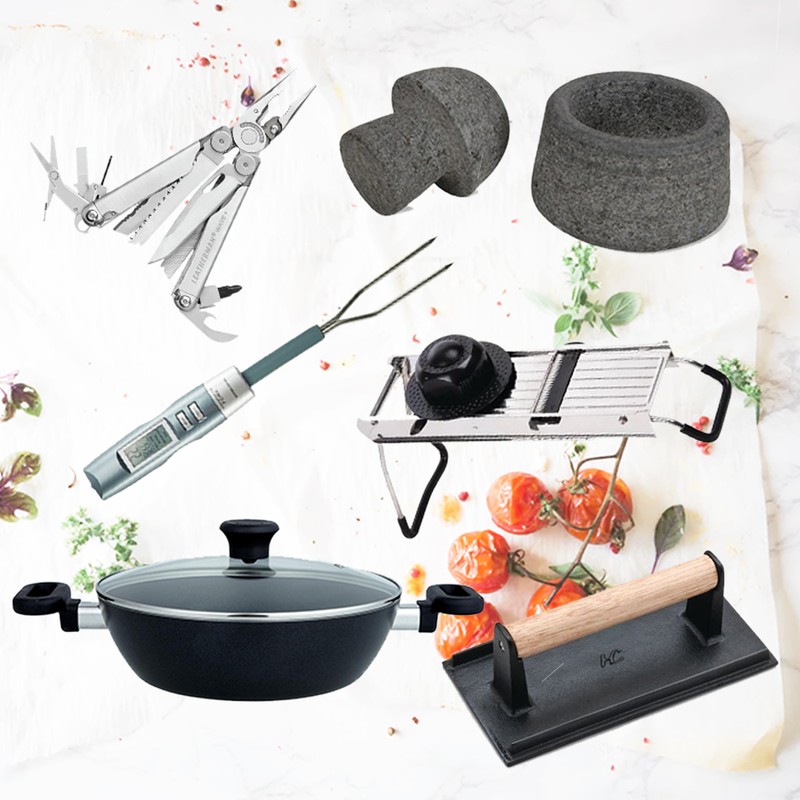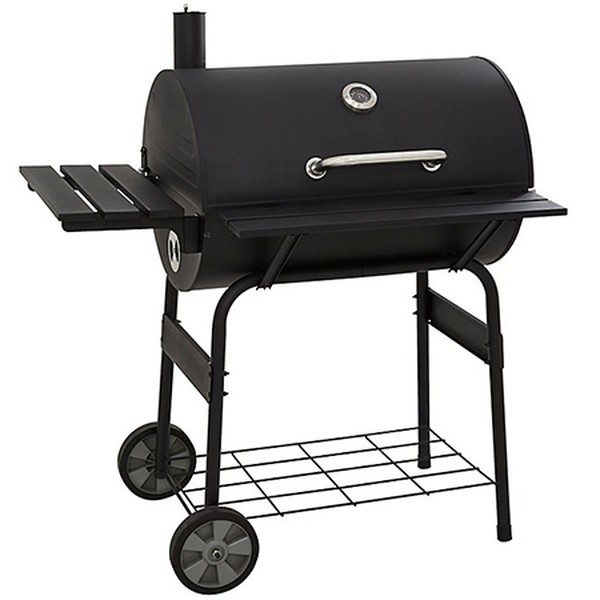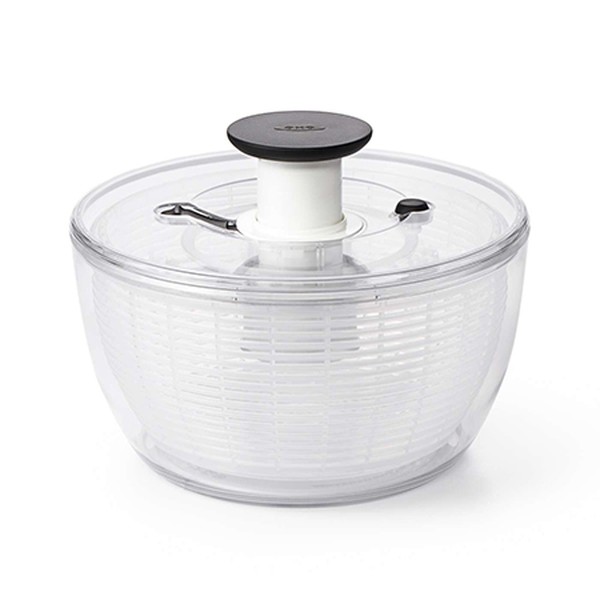Kitchen Tools Professional Chefs Can’t Cook Without
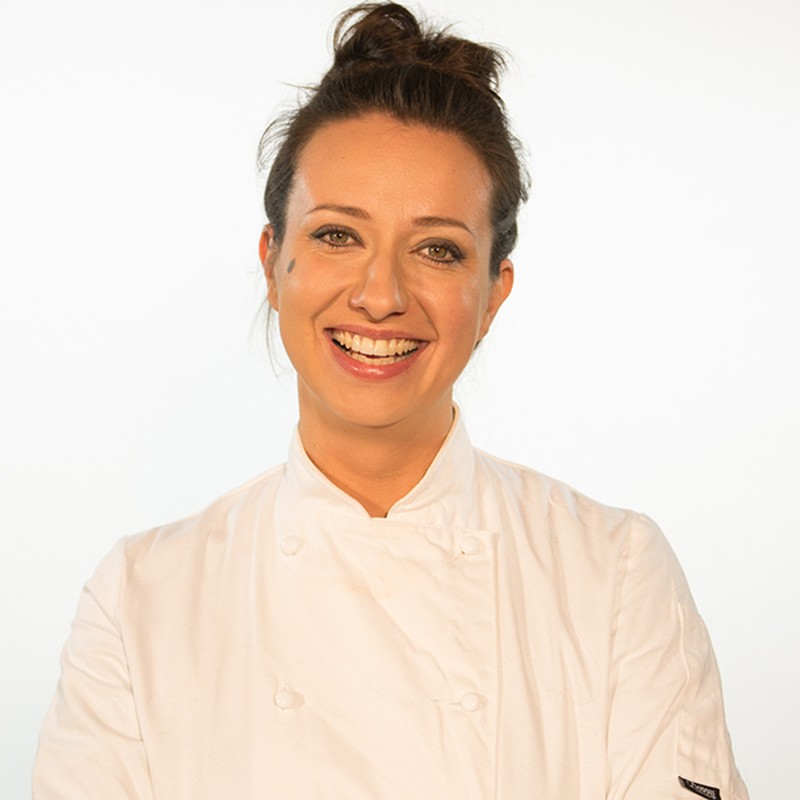
Masha Rener, Head Chef at Lina Stores
My blow torch: I use this to caramelise desserts like panna cotta. When butchering at my farm, I also found it useful to remove any stray hairs from pigs and chickens.
My tea strainer: Besides ensuring my daily tea fix is satiated, I can’t be without my strainer – it comes in pretty handy when I infuse pasta water with spices.
My mini food chopper: This is a great tool all year round – during the summer months, I use it to create various vinaigrettes for pasta salads and in winter I use it to ferment my turnips.
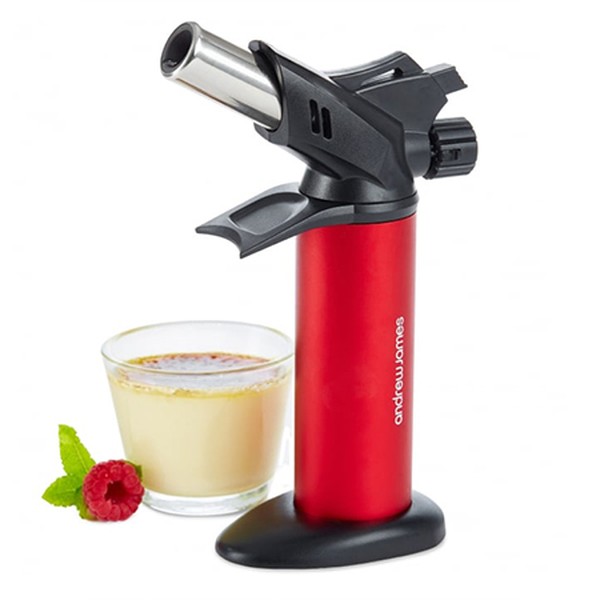
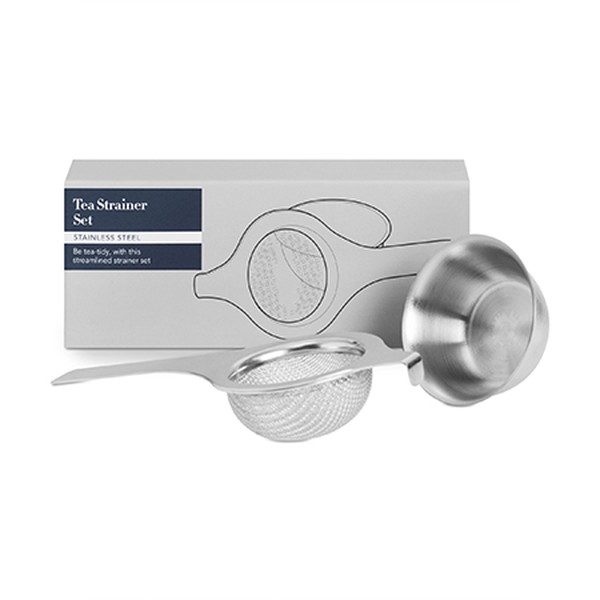
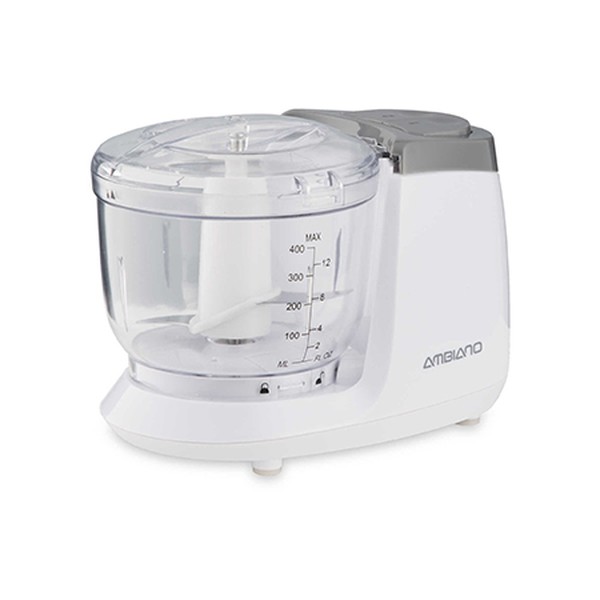
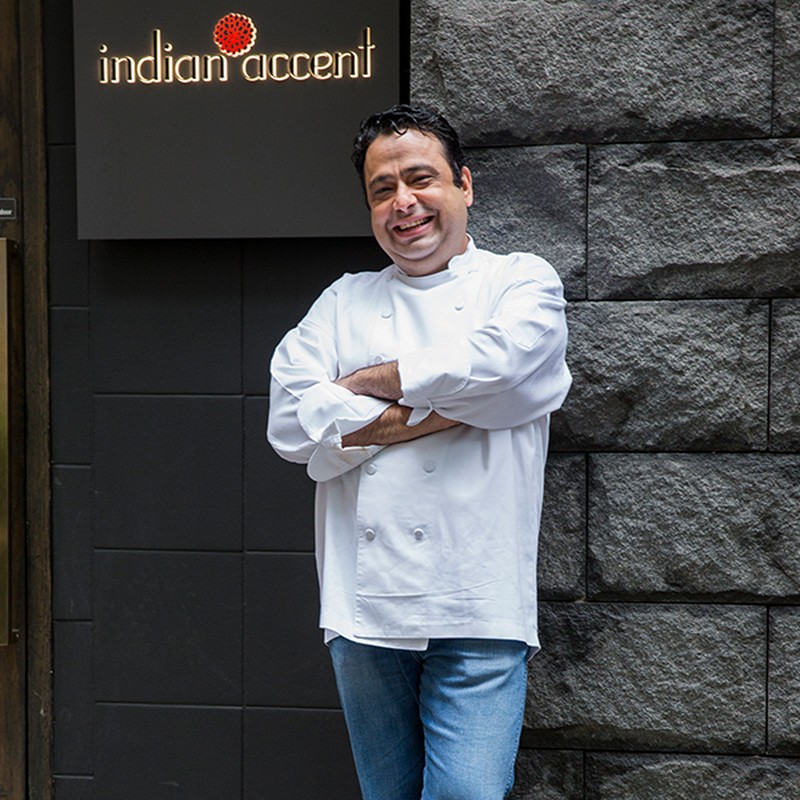
Manish Mehrotra, Corporate Chef At Indian Accent
My Kadhai, Indian-style wok: The reason a kadhai is my most indispensable item is its versatility. Thanks to its wide surface area, you can control the heat very delicately and distribute the flavours evenly throughout the dish, using the steep sides. Its thick, heavy bottom slows the cooking process down, therefore helping to avoid burning, making it’s perfect for multi-tasking in a busy kitchen.
My Japanese Korin knives: are extra sharp, making light work of whatever I need to cut in my kitchen and allowing me to be incredibly precise when I need to be.
My Waring pro prep chopper-grinder: A good food chopper is essential in any successful kitchen. When I’m working at a fast pace in a busy kitchen, being able to throw my ingredients into this machine, turn it to the right setting and know it will come out ready to use, saves me a lot of time.
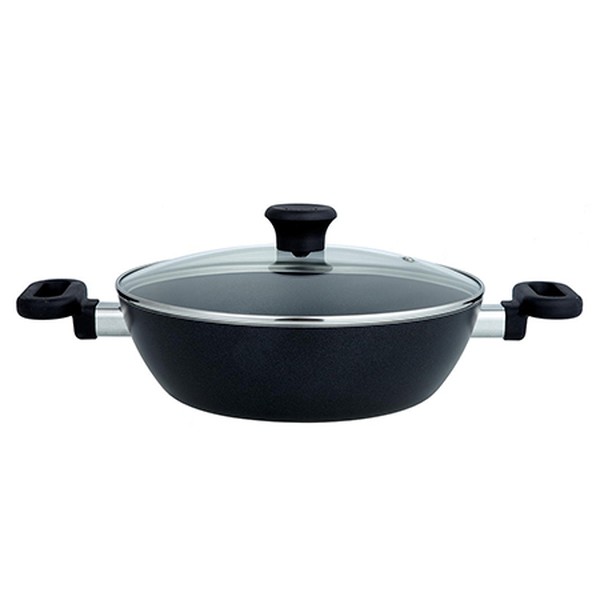
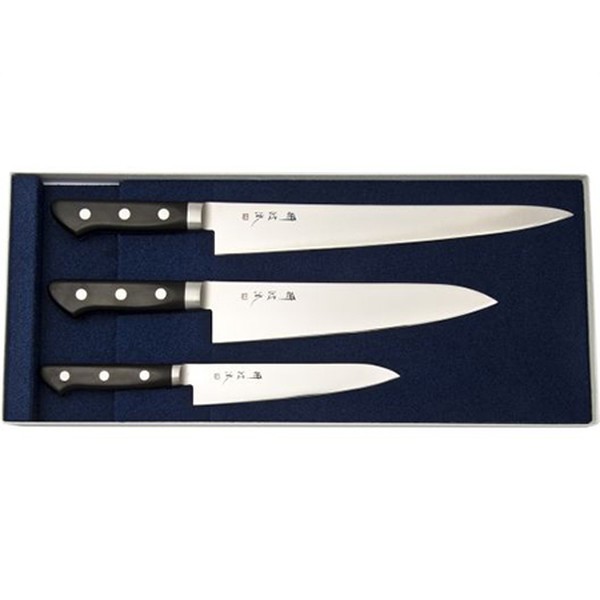
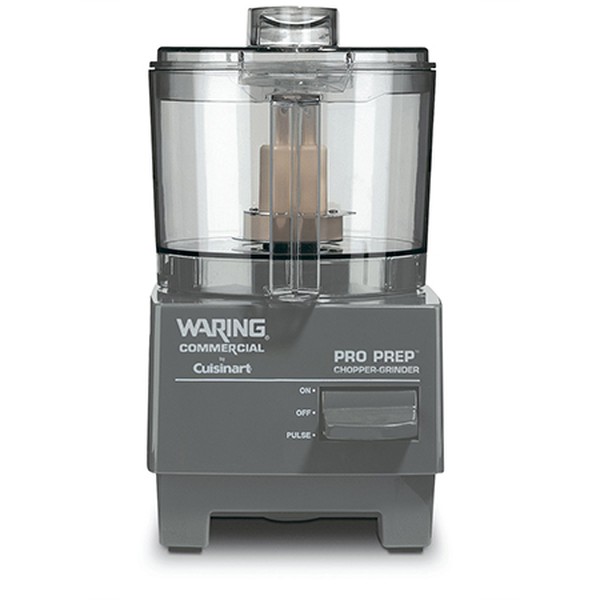
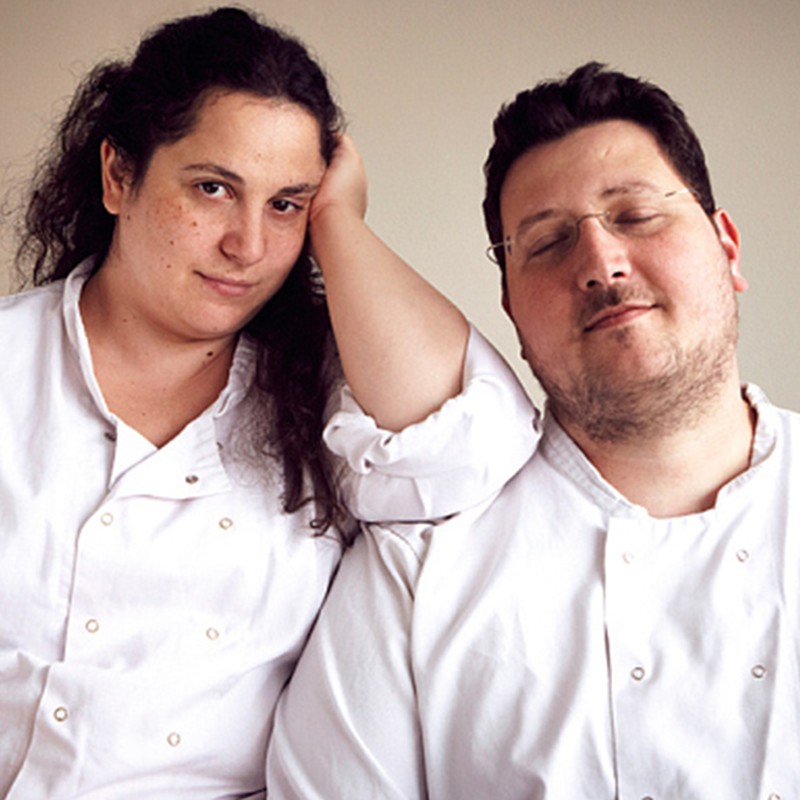
Sarit and Itamar Srulovich, Owners of Honey & Co
Our Florentine kitchen knives: A good friend bought us our first Florentine knife as a gift. They’re handmade by an Israeli guy, Tomer Botner, in Barcelona (but previously made in the Florentine district of Tel Aviv, where they get their name). We use them in our kitchen all the time at home. Perfectly balanced and so well made, each knife is unique – a true thing of beauty and great to use.
Our falafel scoop: These are essential in our kitchens, we make thousands of falafels a day. Along with spices, our suitcases are full of them every time we come back from trips to the Middle East! We just brought some gold scoops back from a trip to Egypt, which went down very well with the team.
Our granite spice crusher: Grind your own spices for maximum flavour – we make our own blends and wouldn’t be able to do it without a good crusher.
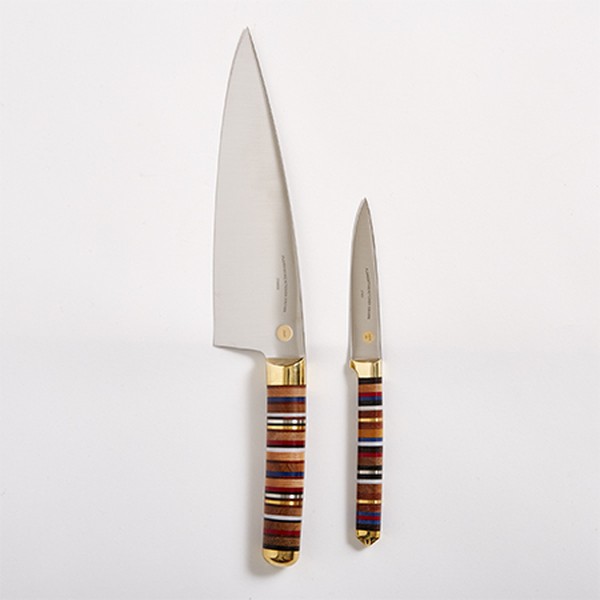
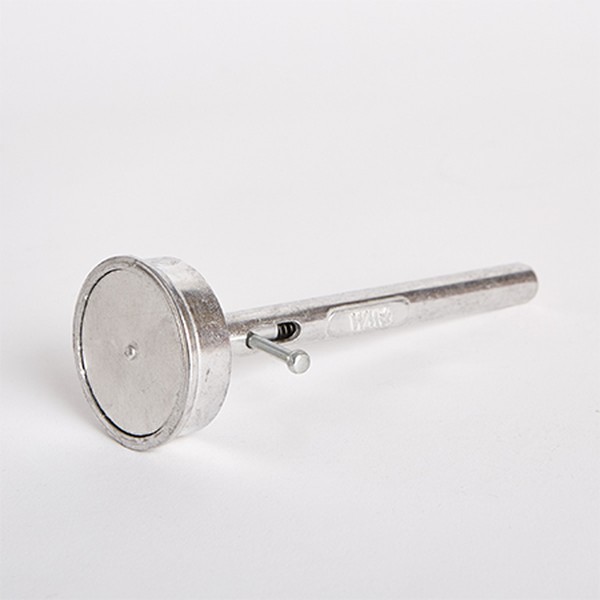
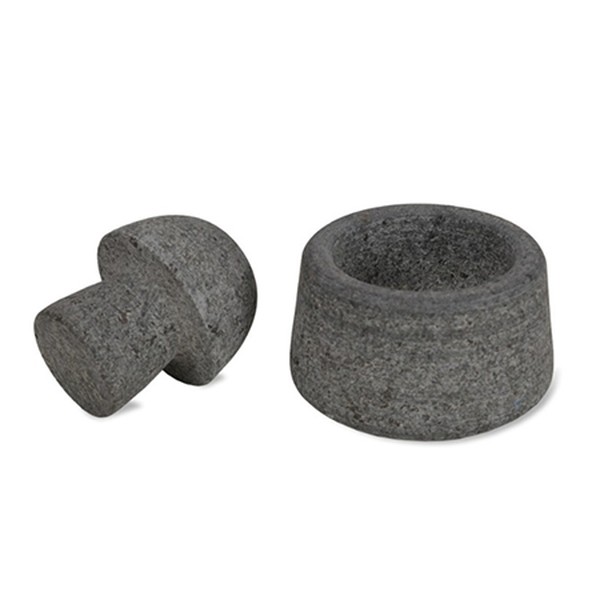

Dan Fletcher, Head Chef Fenchurch Restaurant, Sky Garden
My Vita prep blender: It’s a kitchen essential in my opinion and I couldn’t make dishes half as well without it.
My Japanese mandolin: The slicing precision and speed is second to none – accuracy and speed are both essential for a professional kitchen.
Liquid nitrogen: Not a kitchen essential and I could probably live without it, but having liquid nitrogen in a kitchen certainly keeps cooking interesting and gives you a whole new range of techniques you can’t replicate... I don’t believe you’ve lived until you’ve had ice cream whipped with liquid nitrogen!
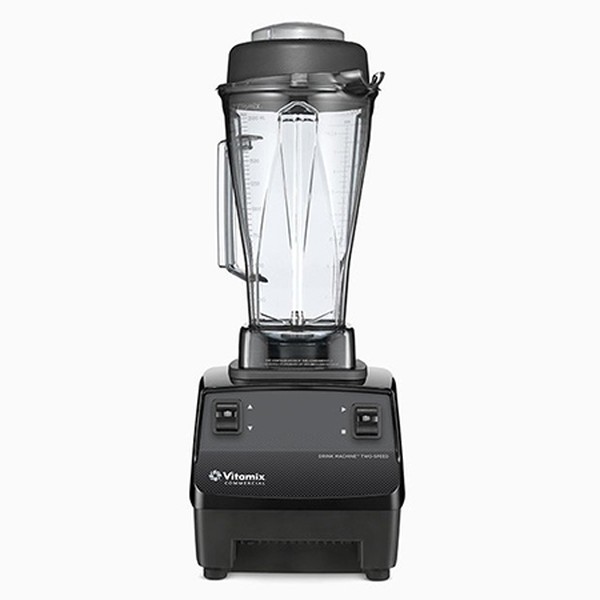
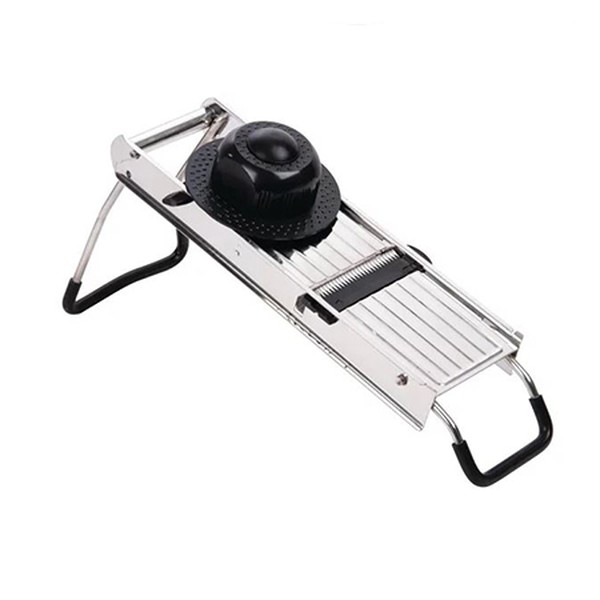
Mirek Dawid, Head Chef at Blacklock
My Blacklock irons: As a chophouse, we use vintage cast irons from the 18th century, the kind your grandma uses as a door stop, to sit on top of our chops and cook them just how we like them – caramelised on the outside but pink and juicy in the middle. Before we opened Blacklock, it took us a good few months trying to work out the best way to cook our skinny chops as they are cut thinner than normal – then a miracle happened! We realised we needed something heavy to press and sear the chops quickly without overcooking them in the middle so ordered some vintage irons and gave it a go. The irons are heavy and hot from the grill so perfectly sear the meat without overcooking it. After a little research we found the first ever foundry to make these irons was the Blacklock Foundry in the 1800s, and so not only were they the perfect way to cook our chops, but also the perfect name for the restaurant.
My charcoal pit/grill: Another amazing piece of kit in our kitchen is the custom-built charcoal pit which we designed and built ourselves. This is built from bricks to form one massive pit which is divided into two sections: on one side is a plancha for searing chops, and on the other side are the grills for the steaks and veg. On Sundays it has a shelf to hang whole joints of beef, pork and lamb over open coals to roast our meats for a Sunday roast. After service each day we throw a hundred or so sweet potatoes to roast overnight in the dying ash and embers, the next morning we have our perfect ash-roasted sweet potato side dish.
My hair dryer: This is a very important piece of kit found in the Blacklock kitchen. I know it sounds funny, but our hair dryer has saved my life in the kitchen so many times. It’s not something you would normally use in the kitchen, but it works for us! Our grills work on charcoal, so it takes lots of time for the coal to fire up and to reach the correct temperature, especially when you are cooking hundreds of chops in a short period of time. This is where the hairdryer comes in handy: it blows extra air towards the coal so that it can burn quicker and reach the perfect temperature for cooking our meats well.
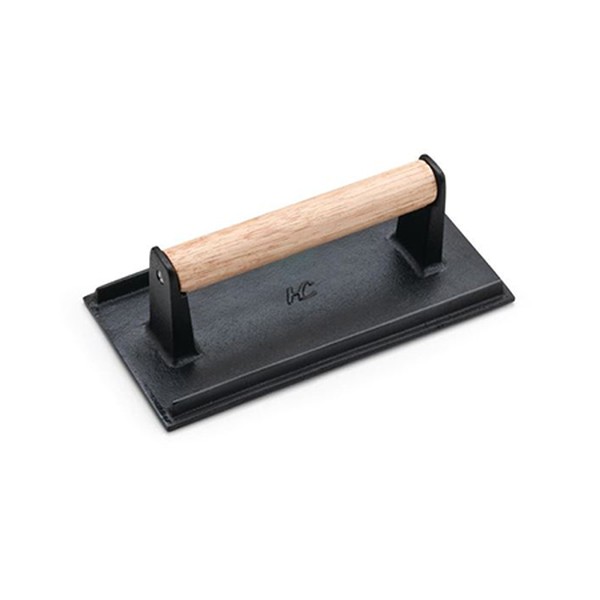
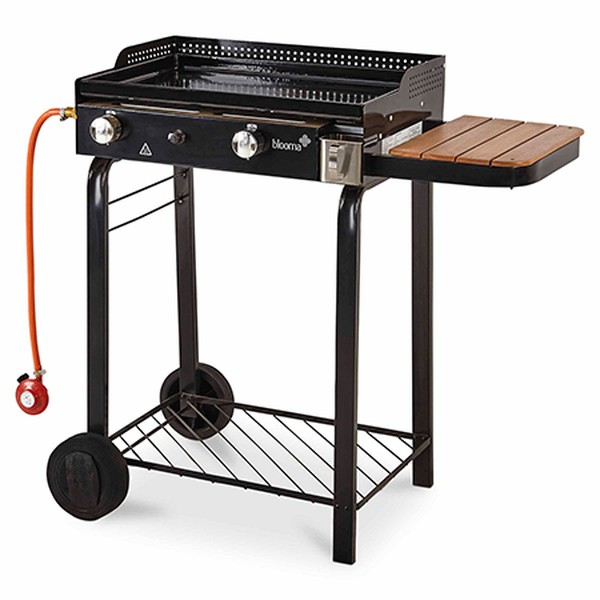
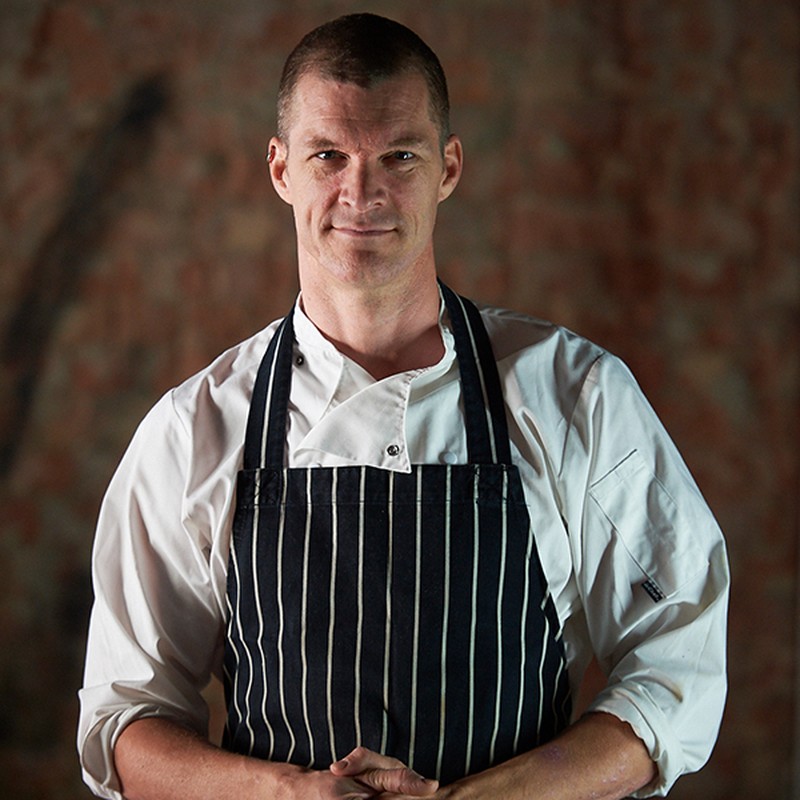
Chris Gillard, Head Chef of EartH Kitchen
My Comark dishwasher-safe food thermometer: I cooked for many years without a food thermometer and I still prefer a thin metal skewer for checking the heat inside a large joint of meat. However, this allows me to cook fish far more accurately, where I'm looking for a core temp of just 50°C. Great for the Sunday roast chicken too – say goodbye to dry overcooked breast meat, and reassure the family that it's safe to eat without all the juices running out.
My Edlund scallop-tipped cooking tongs: These really are an essential. No other tongs I've found even come close in terms of strength and versatility. The scalloped tip gives nearly as much plating accuracy as a set of tweezers, with the added bonus of being able to use them like a spoon and drizzle sauce too.
My large filling knife: I cook with a griddle and one of these is the perfect tool. They’re available from good hardware stores. I always buy a wooden handled extra-large filling knife. The filling knife is very thin and flexible unlike a stripping knife which is more rigid. It allows you to easily flip pancakes or tease even the stubbornest fish portion from the griddle or pan.
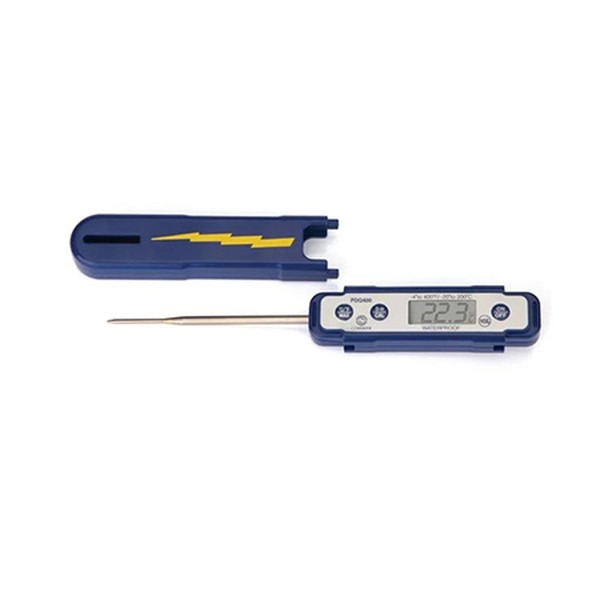
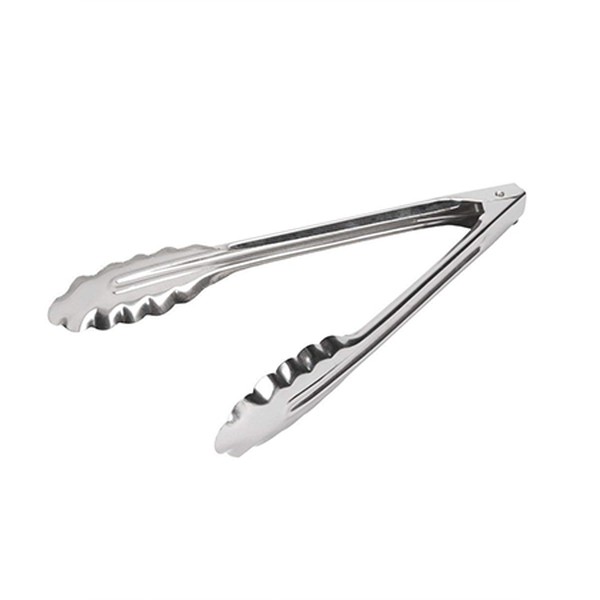
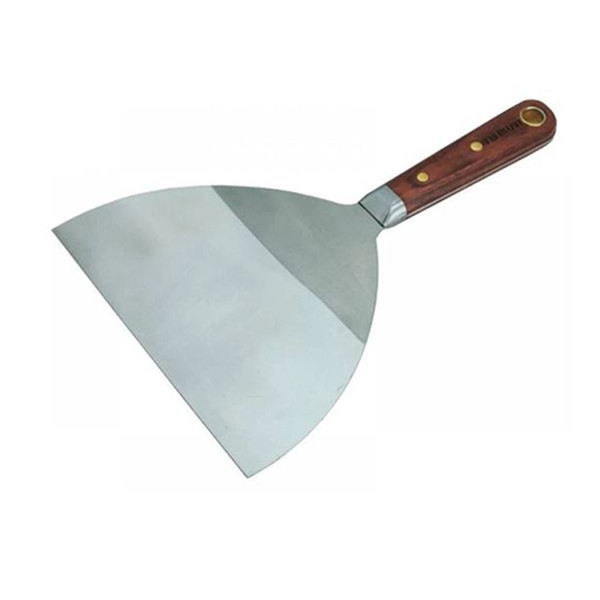
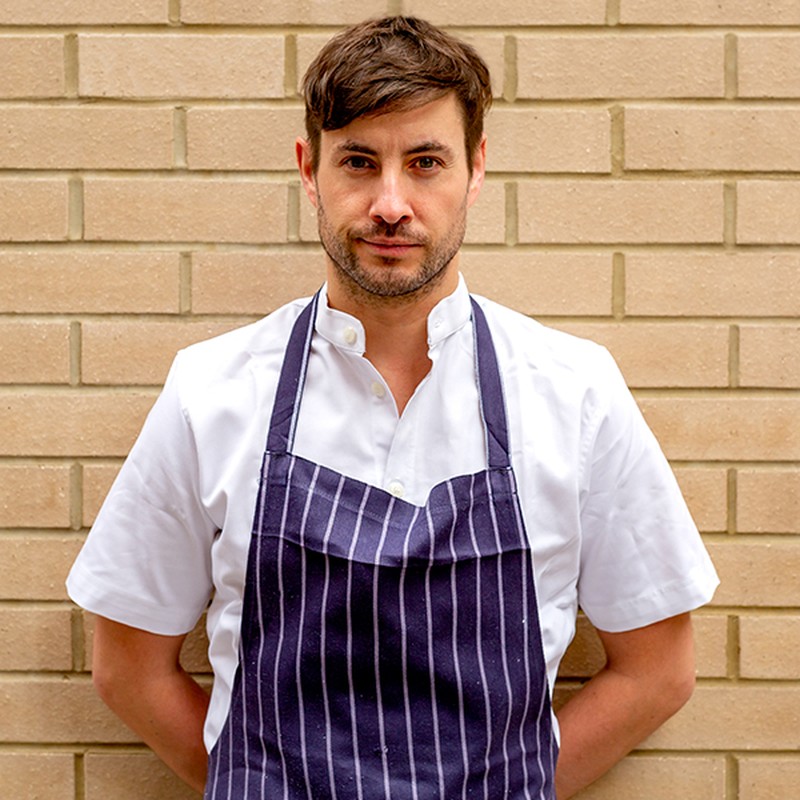
Manu Canales, Executive Chef at Kebab Queen, Maison Bab & Le Bab
My sharpening stone: One of these is so useful to have - sharpening your utensils before and after using them means you’ll always have a knife that’s ready when you’re in a hurry. And life is just so much easier when using sharp knives.
My mandolin: Ideal for consistency and speed, you can use a mandolin on such a large array of vegetables, and they really save time.
My salad spinner: I detest salads that are almost a soup. These do a fine job ridding the excess water and keeping your salad crisp.

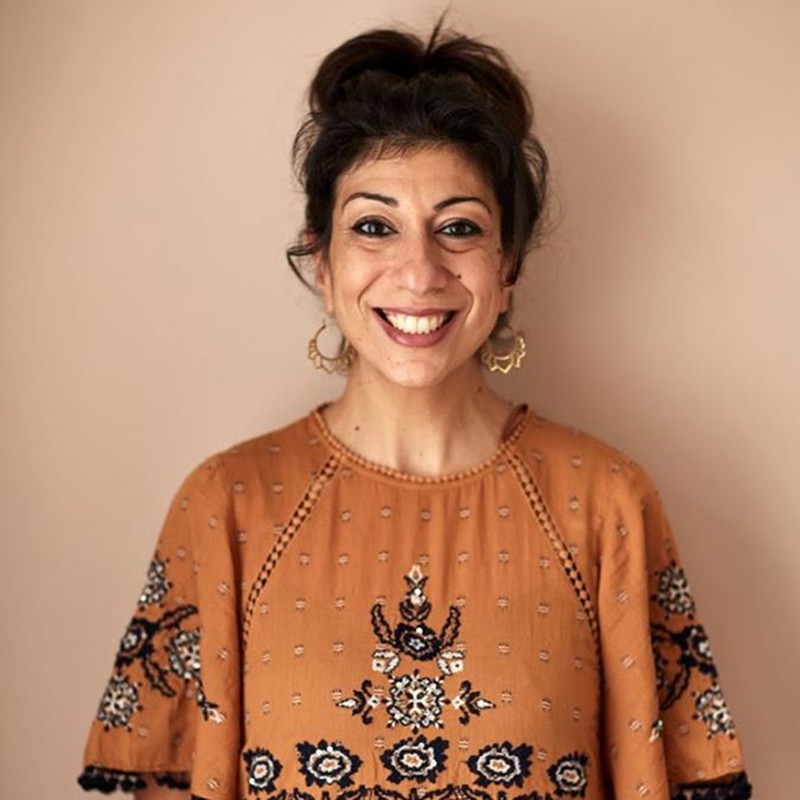
Georgina Hayden, Food Writer and Author of Taverna
My Greek tomato knife: It was given to me by a dear friend who bought it in Greece. It’s a small, thin serrated knife with a curved blade that is perfect for cutting sweet ripe tomatoes (or any ripe fruit for that matter). There’s nothing worse than cutting a ripe tomato for a salad and it being crushed by a blunt heavy knife.
My chef’s knife that my grandfather gave me: He used to use it in the kitchen of our family restaurant. It means a lot to me.
My brass pestle and mortar: It’s tiny! But very traditional in Greek and Cypriot homes. The big ones are easy to find but these little ones are used for specific ingredients such as mastic. Mastic is a type of resin and very sticky so needs to be ground with flour or sugar to break it down. You only use a little bit at a time so the tiny pestle and mortar is perfect.
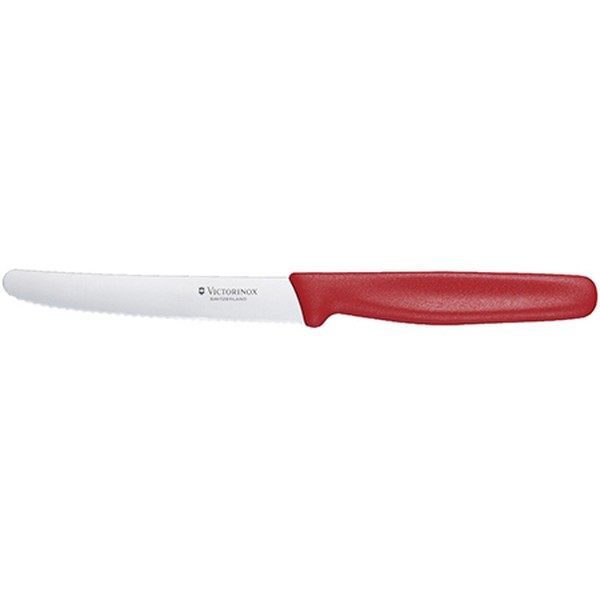
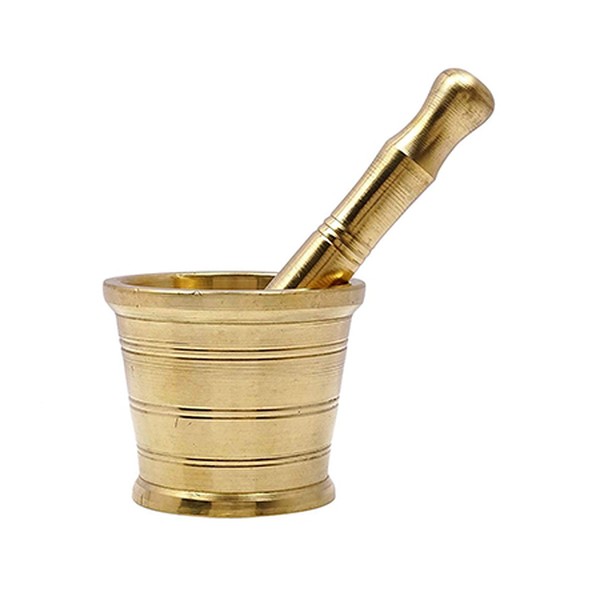
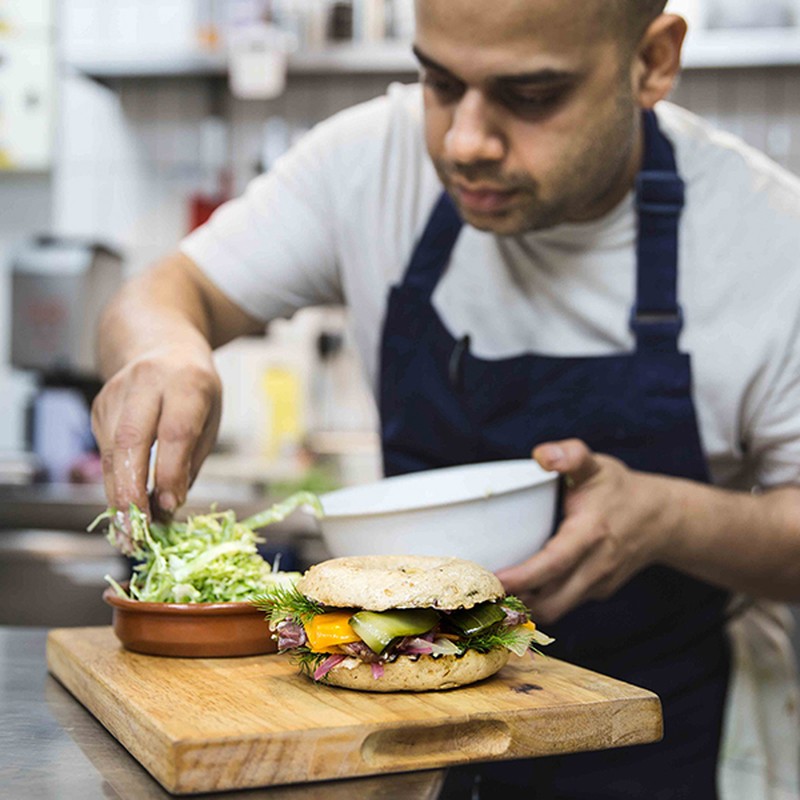
Durga Misra, Head Chef at Bistro Vadouvan
My knife from Saji: Saji is an 85-year-old knife maker from Japan who used to make hunting knives and has recently started branching out into kitchen knives, too. They are a piece of art and extremely sharp.
My tandoor BBQ kit: You can use it for making fresh bread, smoking foods and, of course, it can be used for a normal barbecue.
My slow cook smoker: The third piece of equipment is something I’d love to have and work with but haven’t brought quite yet – a slow cook smoker from Cookshack. As the name suggests, it’s a smoker and a slow cooker, so you could slow roast a shoulder of lamb overnight.
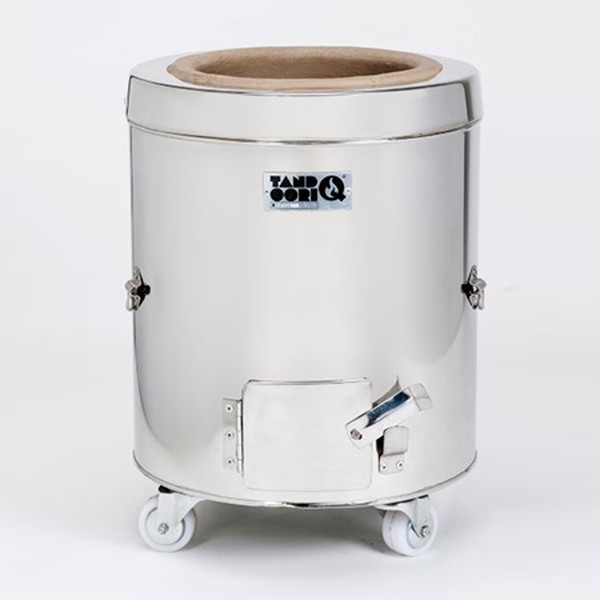
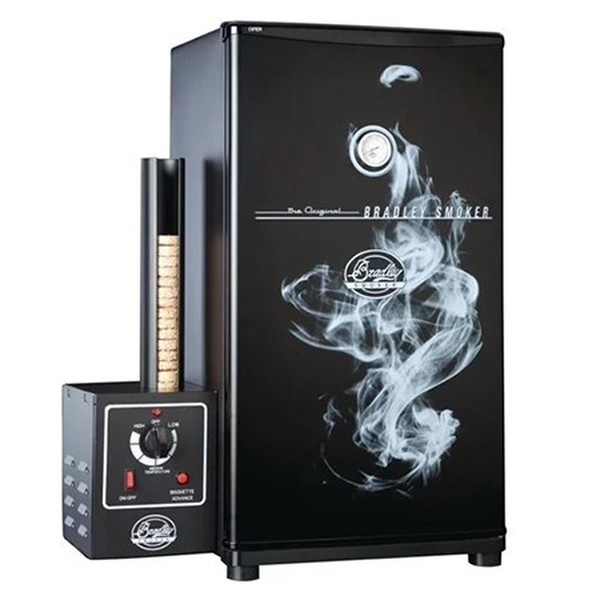
Josh Dixon, Head Chef of VIVI Restaurant & Bar
My microplane: It’s a really fine grater – I never touch the old-fashioned box grater, it’s too coarse. this is the tool for the finer details.
My Vita-Prep heavy-duty blender: Essential for smooth purées and soups, can leave a mess in the kitchen depending on the chef.
My sharp Japanese carving knife: Bit of a cliché but, a chef without a sharp knife can’t be taken seriously.
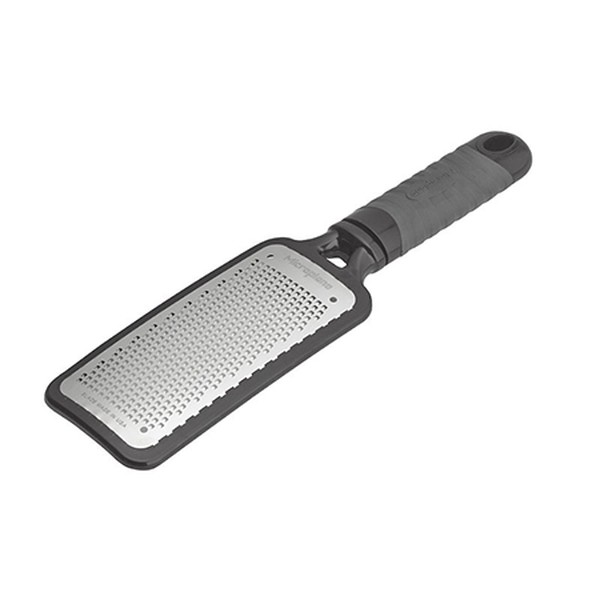
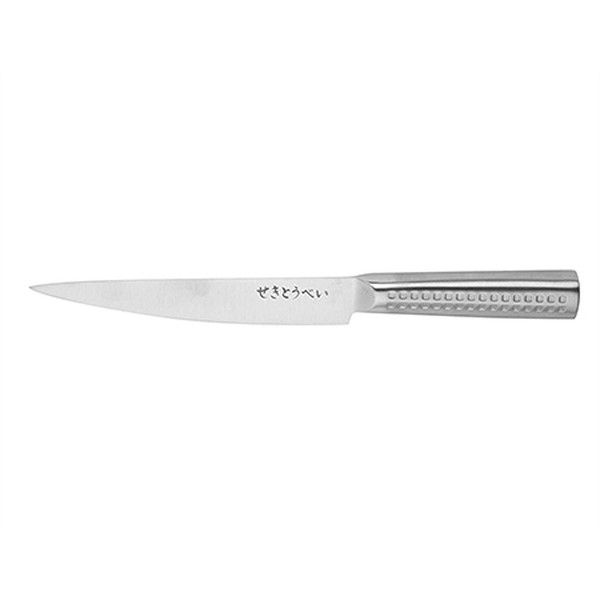
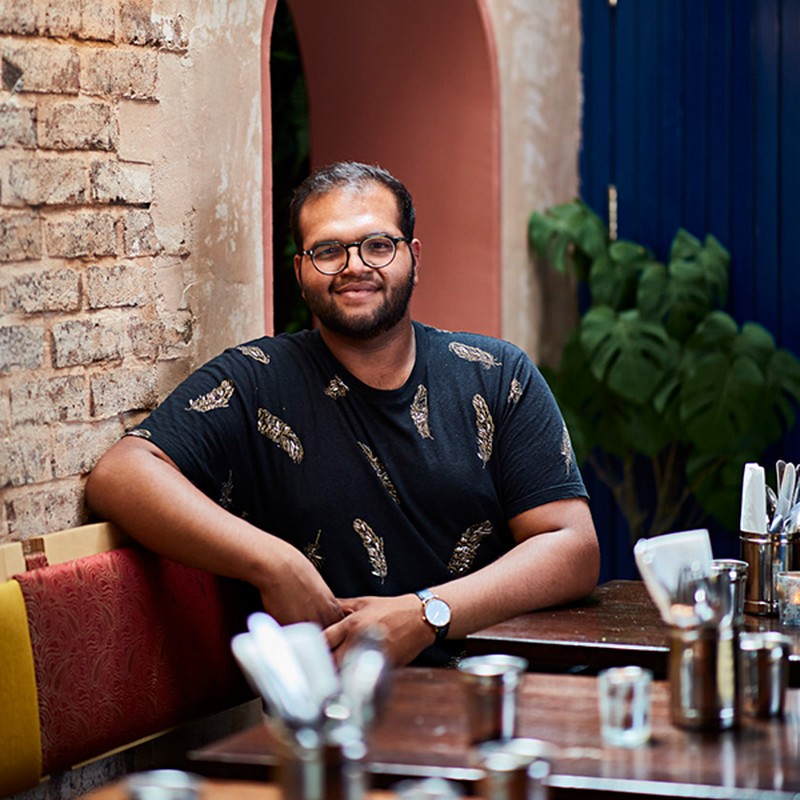
Dhruv Mittal, Founder & Head Chef at Dum Biryani and Lucknow 49
My Japanese knife: Specifically, the Company 3 Layer Damascus Steel Santoku. This is the perfect knife for general use, I use it mostly for chopping, dicing, and mincing. It’s a staple in my kitchen.
My Bosch temperature control kettle: I use this because it’s the most precise piece of equipment. It makes sure any boiling water being used for cooking is exactly the right temperature and not a degree under or over.
My George Foreman grill: When I’m at home my go-to is my George Foreman. It’s no nonsense, simple, quick and effective.

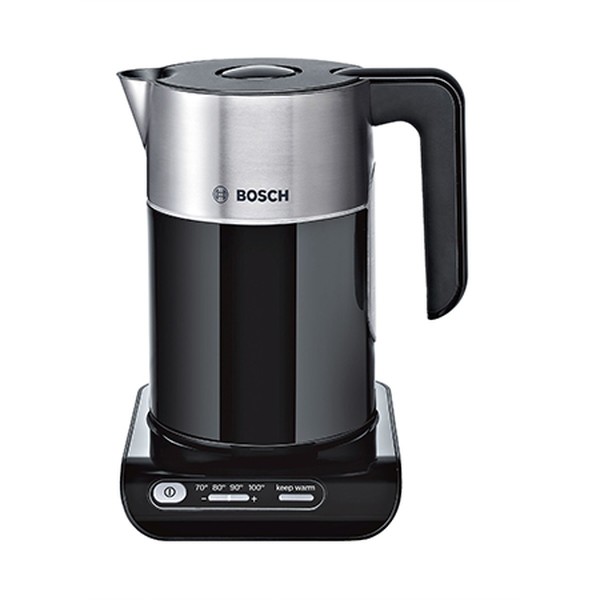
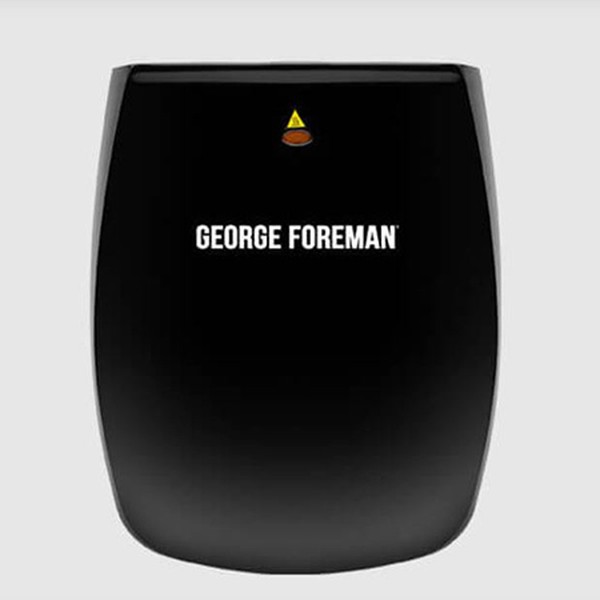
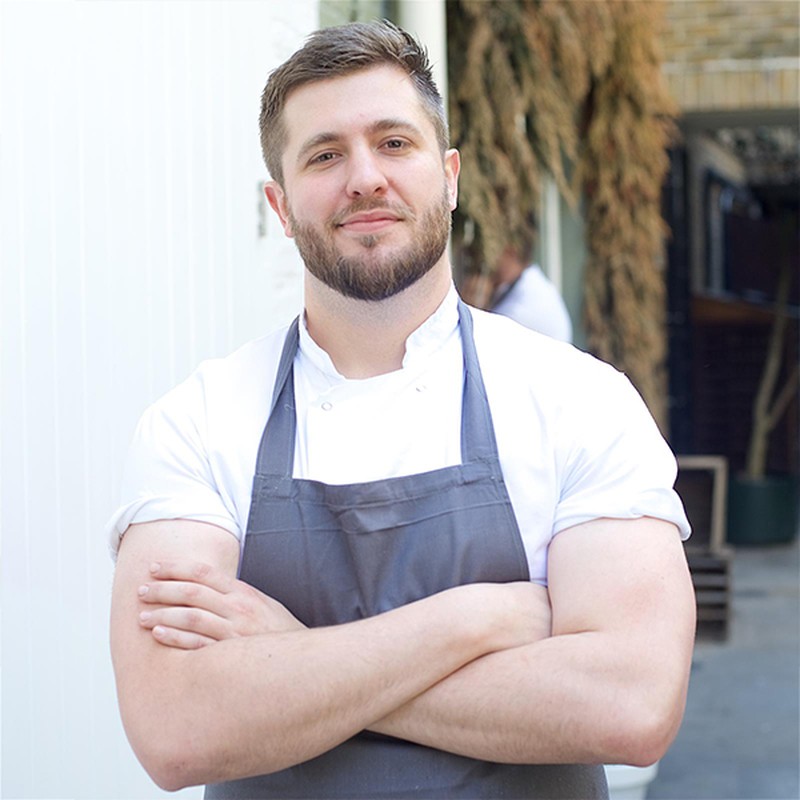
Ivan Tisdall-Downes, Co-Founder of Native
My Leatherman: It’s literally kept our kitchen together at Native for three years, as a knife, a saw for bones, a tin opener and screw driver to fix pretty much everything that breaks daily – and it does the same for me at home. It’s also a useful tool to take foraging with you.
My blow torch: Our original kitchen in Neal’s Yard was the size of a wardrobe with very little room for equipment, and so we had to get creative with our cooking. We used a blow torch to cook a multitude of things – fish, vegetables, desserts. We would warm plates with it, heat spoons and light our customers’ birthday candles.
My thermometer: Many chefs will snigger at this but for me it’s a no brainer, especially when cooking over live fire. The whole game is a balancing act between the external heat source and the internal temperature of the food, then you adjust cooking time accordingly. When you break cooking down to that, it’s quite simple.

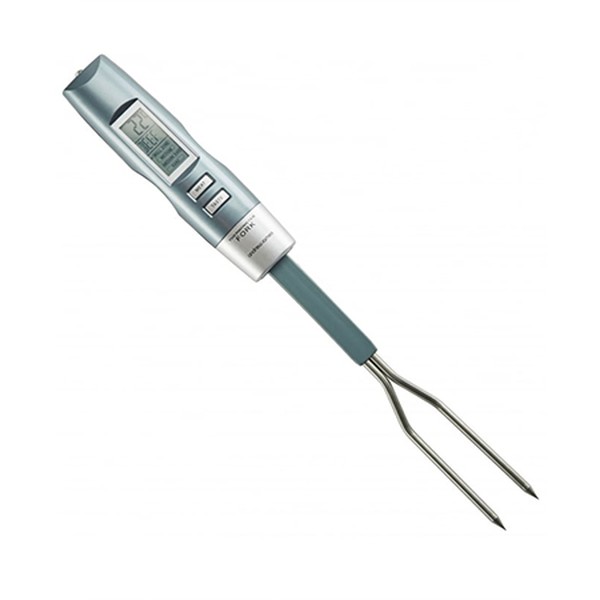
DISCLAIMER: We endeavour to always credit the correct original source of every image we use. If you think a credit may be incorrect, please contact us at info@sheerluxe.com.
